Elhadj Benkhelifa
Vulnerability Disclosure through Adaptive Black-Box Adversarial Attacks on NIDS
Jun 25, 2025Abstract:Adversarial attacks, wherein slight inputs are carefully crafted to mislead intelligent models, have attracted increasing attention. However, a critical gap persists between theoretical advancements and practical application, particularly in structured data like network traffic, where interdependent features complicate effective adversarial manipulations. Moreover, ambiguity in current approaches restricts reproducibility and limits progress in this field. Hence, existing defenses often fail to handle evolving adversarial attacks. This paper proposes a novel approach for black-box adversarial attacks, that addresses these limitations. Unlike prior work, which often assumes system access or relies on repeated probing, our method strictly respect black-box constraints, reducing interaction to avoid detection and better reflect real-world scenarios. We present an adaptive feature selection strategy using change-point detection and causality analysis to identify and target sensitive features to perturbations. This lightweight design ensures low computational cost and high deployability. Our comprehensive experiments show the attack's effectiveness in evading detection with minimal interaction, enhancing its adaptability and applicability in real-world scenarios. By advancing the understanding of adversarial attacks in network traffic, this work lays a foundation for developing robust defenses.
HiveNAS: Neural Architecture Search using Artificial Bee Colony Optimization
Nov 18, 2022Abstract:The traditional Neural Network-development process requires substantial expert knowledge and relies heavily on intuition and trial-and-error. Neural Architecture Search (NAS) frameworks were introduced to robustly search for network topologies, as well as facilitate the automated development of Neural Networks. While some optimization approaches -- such as Genetic Algorithms -- have been extensively explored in the NAS context, other Metaheuristic Optimization algorithms have not yet been evaluated. In this paper, we propose HiveNAS, the first Artificial Bee Colony-based NAS framework.
A Review on Plastic Artificial Neural Networks: Exploring the Intersection between Neural Architecture Search and Continual Learning
Jun 11, 2022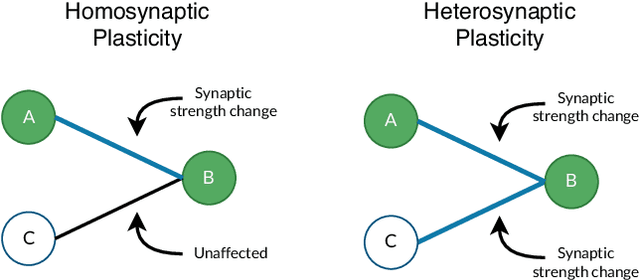
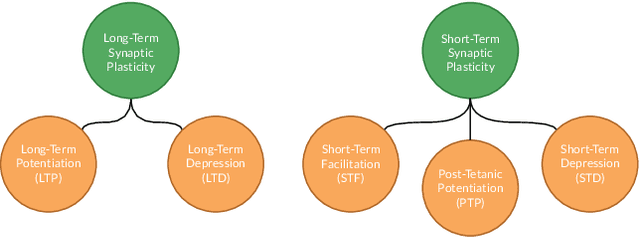
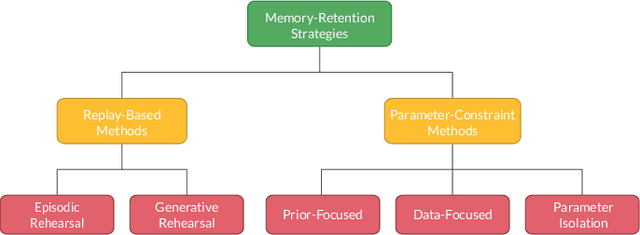
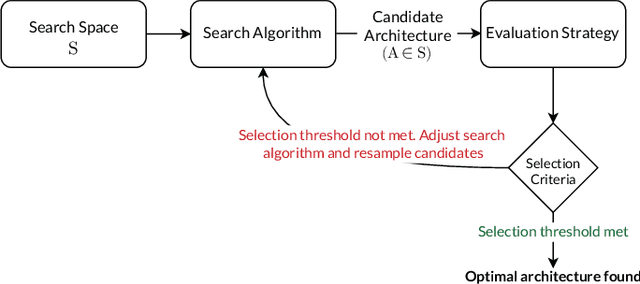
Abstract:Despite the significant advances achieved in Artificial Neural Networks (ANNs), their design process remains notoriously tedious, depending primarily on intuition, experience and trial-and-error. This human-dependent process is often time-consuming and prone to errors. Furthermore, the models are generally bound to their training contexts, with no considerations of changes to their surrounding environments. Continual adaptability and automation of neural networks is of paramount importance to several domains where model accessibility is limited after deployment (e.g IoT devices, self-driving vehicles, etc). Additionally, even accessible models require frequent maintenance post-deployment to overcome issues such as Concept/Data Drift, which can be cumbersome and restrictive. The current state of the art on adaptive ANNs is still a premature area of research; nevertheless, Neural Architecture Search (NAS), a form of AutoML, and Continual Learning (CL) have recently gained an increasing momentum in the Deep Learning research field, aiming to provide more robust and adaptive ANN development frameworks. This study is the first extensive review on the intersection between AutoML and CL, outlining research directions for the different methods that can facilitate full automation and lifelong plasticity in ANNs.
The 2ST-UNet for Pneumothorax Segmentation in Chest X-Rays using ResNet34 as a Backbone for U-Net
Sep 06, 2020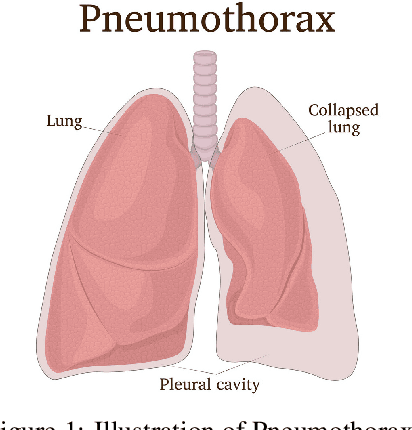
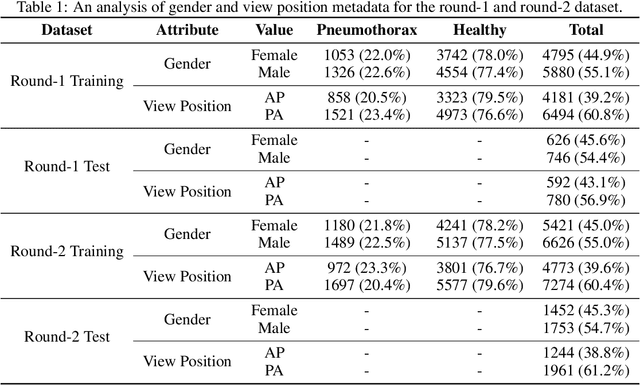
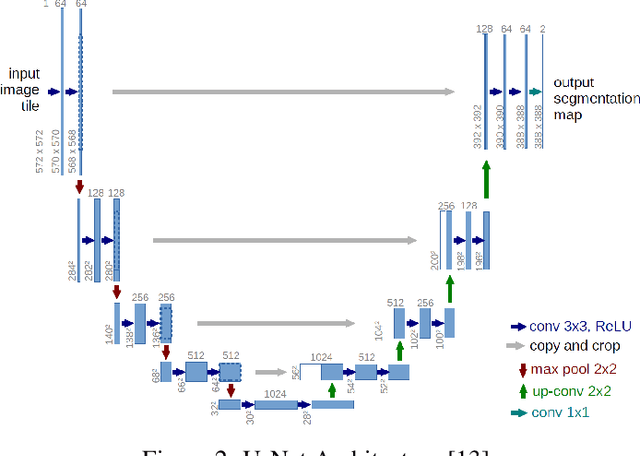

Abstract:Pneumothorax, also called a collapsed lung, refers to the presence of the air in the pleural space between the lung and chest wall. It can be small (no need for treatment), or large and causes death if it is not identified and treated on time. It is easily seen and identified by experts using a chest X-ray. Although this method is mostly error-free, it is time-consuming and needs expert radiologists. Recently, Computer Vision has been providing great assistance in detecting and segmenting pneumothorax. In this paper, we propose a 2-Stage Training system (2ST-UNet) to segment images with pneumothorax. This system is built based on U-Net with Residual Networks (ResNet-34) backbone that is pre-trained on the ImageNet dataset. We start with training the network at a lower resolution before we load the trained model weights to retrain the network with a higher resolution. Moreover, we utilize different techniques including Stochastic Weight Averaging (SWA), data augmentation, and Test-Time Augmentation (TTA). We use the chest X-ray dataset that is provided by the 2019 SIIM-ACR Pneumothorax Segmentation Challenge, which contains 12,047 training images and 3,205 testing images. Our experiments show that 2-Stage Training leads to better and faster network convergence. Our method achieves 0.8356 mean Dice Similarity Coefficient (DSC) placing it among the top 9% of models with a rank of 124 out of 1,475.
End-to-End AI-Based Point-of-Care Diagnosis System for Classifying Respiratory Illnesses and Early Detection of COVID-19
Jun 28, 2020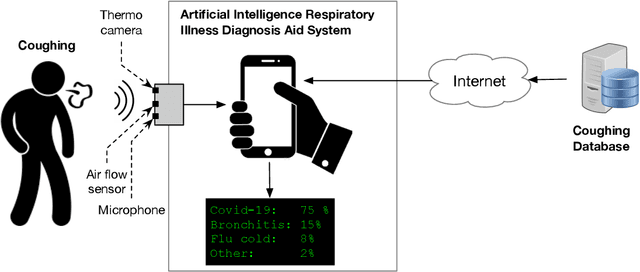
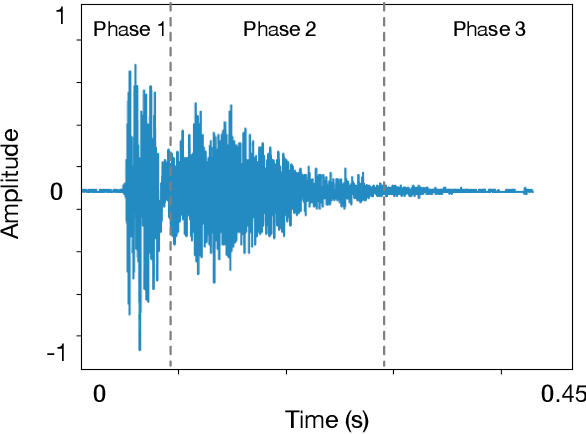


Abstract:Respiratory symptoms can be a caused by different underlying conditions, and are often caused by viral infections, such as Influenza-like illnesses or other emerging viruses like the Coronavirus. These respiratory viruses, often, have common symptoms, including coughing, high temperature, congested nose, and difficulty breathing. However, early diagnosis of the type of the virus, can be crucial, especially in cases such as the recent COVID-19 pandemic. One of the factors that contributed to the spread of the pandemic, was the late diagnosis or confusing it with regular flu-like symptoms. Science has proved that one of the possible differentiators of the underlying causes of these different respiratory diseases is coughing, which comes in different types and forms. Therefore, a reliable lab-free tool for early and more accurate diagnosis that can differentiate between different respiratory diseases is very much needed. This paper proposes an end-to-end portable system that can record data from patients with symptom, including coughs (voluntary or involuntary) and translate them into health data for diagnosis, and with the aid of machine learning, classify them into different respiratory illnesses, including COVID-19. With the ongoing efforts to stop the spread of the COVID-19 disease everywhere today, and against similar diseases in the future, our proposed low cost and user-friendly solution can play an important part in the early diagnosis.
 Add to Chrome
Add to Chrome Add to Firefox
Add to Firefox Add to Edge
Add to Edge